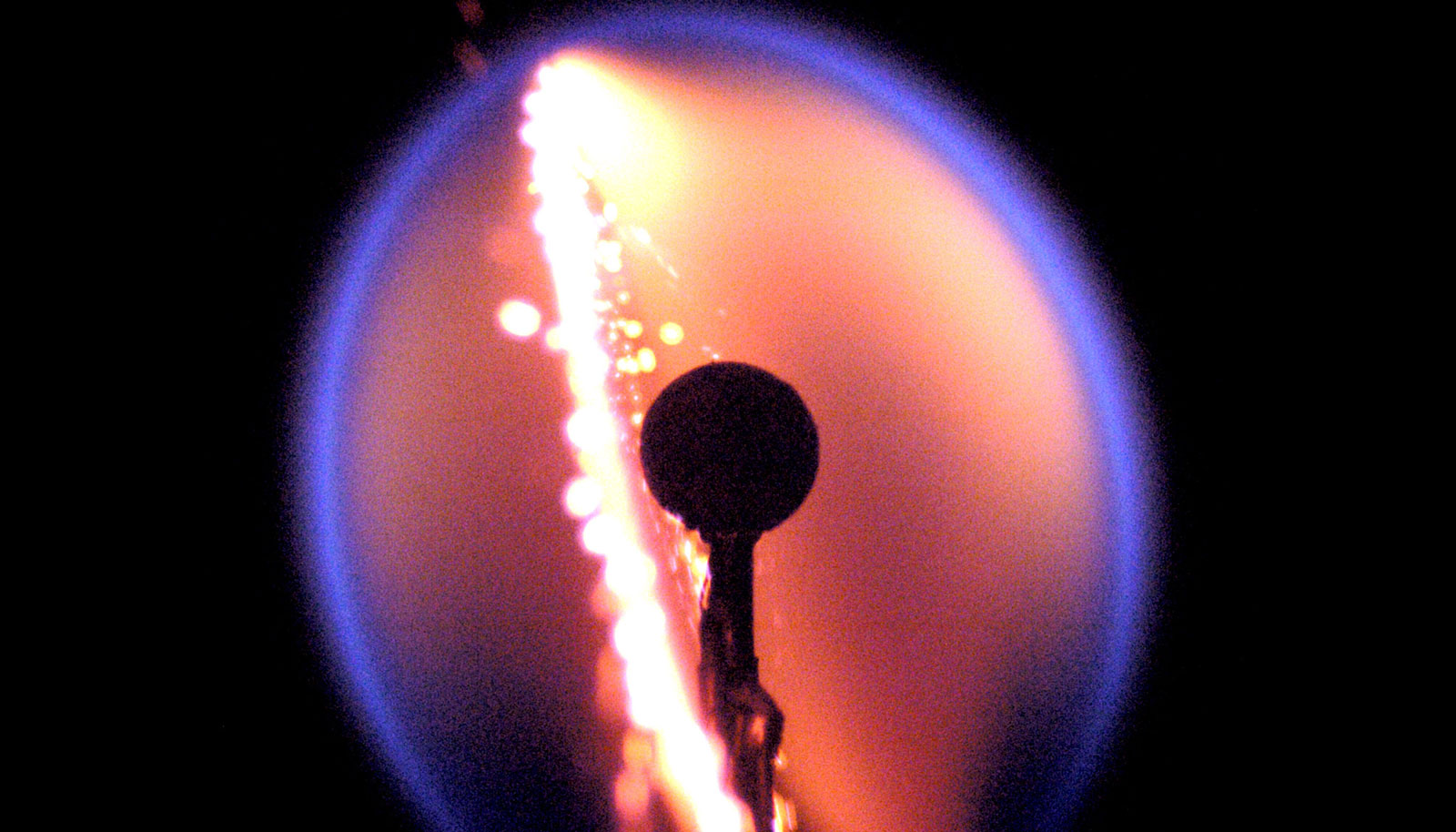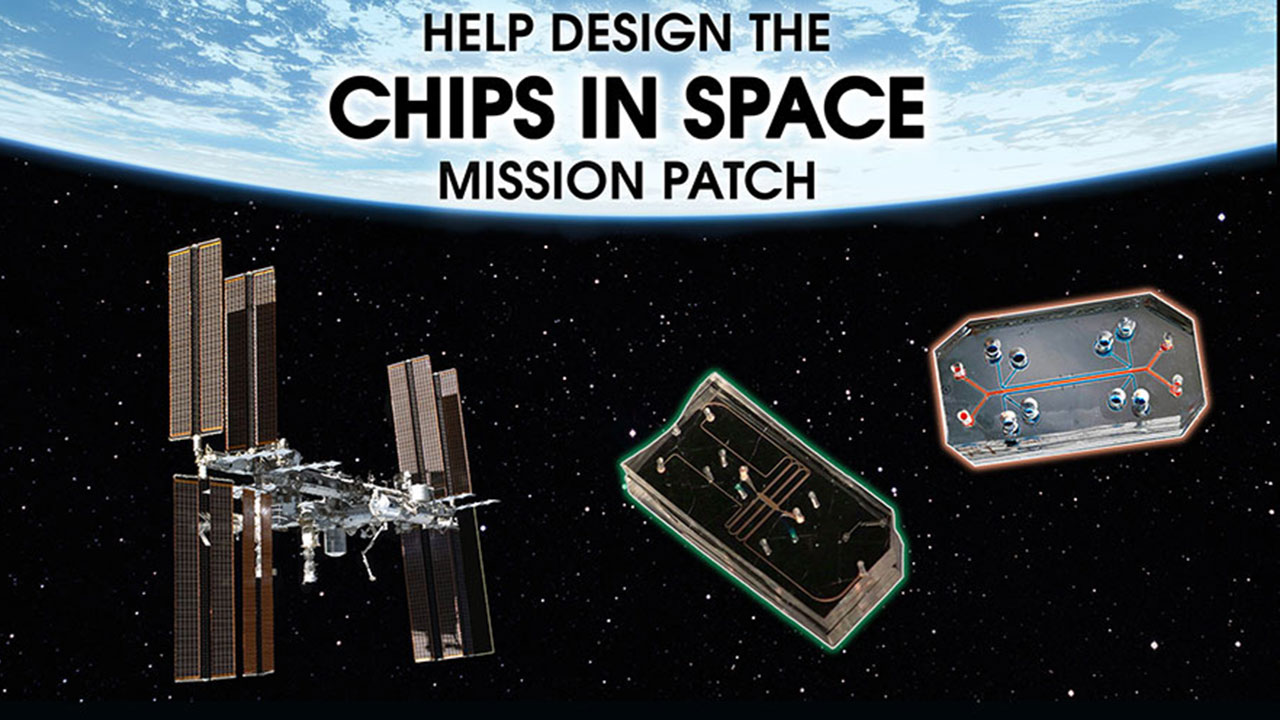Kennedy Space Center, FL. (August 9, 2017) – The Center for the Advancement of Science in Space (the ISS National Lab) and the National Science Foundation (NSF) today announced three projects have been selected from a joint solicitation focused on leveraging the International Space Station (ISS) U.S. National Laboratory in the fields of combustion and thermal transport. In total, up to $900,000 will be awarded for these three investigations to support flight projects to the ISS National Laboratory. Through this partnership, the ISS National Lab and NASA will facilitate hardware implementation and on-orbit access to the ISS National Laboratory. NSF will fund the selected projects to advance fundamental science and engineering knowledge. the ISS National Lab is the nonprofit organization responsible for managing and promoting research onboard the ISS National Laboratory. NSF supports transformative research to help drive the U.S. economy, enhance national security and maintain America’s position as a global leader in innovation.
The unique high-quality and long-duration microgravity environment on the ISS National Laboratory has many benefits for the study of combustion and thermal transport phenomena. Many processes that affect the behavior of systems on Earth, such as thermal convection, sedimentation, hydrostatic pressure, and buoyancy, are absent in microgravity. The elimination of these variables allows phenomena of interest to be studied without gravitational interference. Below provides an overview on the selected proposals that will take advantage of the microgravity environment on station:
Flame Spread in Confined Spaces – Study of the Interactions Between Flame and Surrounding Walls
Ya-Ting Liao, Case Western Reserve University, and Paul Ferkul, Universities Space Research Association
This project is focused on the study of fire behavior and flame spread in confined spaces. By providing a fundamental understanding of the interactions between spreading flames and their confining walls, this project will help enable safer designs and improved fire safety codes. The hypothesis of this research is that under certain conditions, flame spread in confined spaces is a continuously accelerating process and may pose an even more serious fire hazard than flame spread in open spaces. The mechanisms that allow this to occur are radiative heat feedback from the surrounding walls and the tunnel flow acceleration effect. These mechanisms will be easier to examine in the microgravity environment, where buoyancy is essentially eliminated.
Spherical Cool Diffusion Flames Burning Gaseous Fuels
Peter Sunderland, University of Maryland College Park, Richard Axelbaum, Washington University, and Forman Williams, University of California-San Diego
Spherical cool diffusion flames are remarkable flames with unusually low temperatures. They offer valuable insight into combustion processes in practical combustion devices, such as engines. Currently, the ISS is the only platform to observe cool flames, and to date, all have involved liquid droplet fuels. This has limited the number of fuels to be observed and the ability to observe truly steady flames. For this project, experiments aboard the ISS will be performed using gaseous hydrocarbon fuels burning as nearly steady spherical flames. Their observation will allow the development of new mechanisms and computational tools for combustion research. The improved understanding of cool diffusion flames gained by these experiments will lead to improved designs of practical combustion devices.
Thermally Activated Directional Mobility of Vapor Bubbles in Microgravity Using Microstructured Surfaces
Sushil Bhavnani, Auburn University, and Vinod Narayanan, University of California-Davis
This study will enable the mobility of vapor bubbles in the absence of gravity-driven buoyancy from surfaces experiencing boiling. The inability of vapor bubbles to detach from a surface has long impeded the implementation of efficient heat dissipation from electronics components. The research team’s efforts are based on a novel textured surface that produces movement of vapor bubbles without the use of externally applied forces. The hypothesis to be tested is that such structured surfaces provide mobility for vapor bubbles, which can assist in the thermal management of electronics under adverse terrestrial orientations and microgravity environments, thereby mitigating premature burnout. The long-term goal is to develop a simple, passive, self-regulating technology for heat sinks used in consumer electronics and aircraft electronics.
“NSF is thrilled to offer researchers the chance to conduct studies in the microgravity environment onboard the ISS National Laboratory,” said Dawn Tilbury, NSF assistant director for engineering. “With these experiments in space, NSF grantees will help us understand fundamental aspects of heat and flame that cannot be isolated on Earth and that will help protect and improve the lives of all Americans.”
“The ISS National Lab is excited to continue its relationship with the NSF through these selected investigations that will make their way to the ISS National Laboratory,” said the ISS National Lab Chief Scientist Dr. Randy Giles. “This marks the second collaboration between the ISS National Lab and the NSF, with hopes of continued research opportunities in the future to expand on a multitude of scientific disciplines. For this award announcement, our team is very eager to advance combustion studies on the ISS National Laboratory, and we look forward to these three investigations increasing that knowledge base for the benefit of humanity.”
All grants and subsequent flight opportunities are contingent on final contract agreements between the award recipients, the NSF and the ISS National Lab.
To learn more about the on-orbit capabilities of the ISS National Lab, including past research initiatives and available facilities, visit www.spacestationresearch.com.
# # #
About the ISS National Lab: The Center for Advancement of Science in Space (the ISS National Lab) is the non-profit organization selected to manage the ISS National Laboratory with a focus on enabling a new era of space research to improve life on Earth. In this innovative role, the ISS National Lab promotes and brokers a diverse range of research in life sciences, physical sciences, remote sensing, technology development, and education.
Since 2011, the ISS National Lab portfolio has included hundreds of novel research projects spanning multiple scientific disciplines, all with the intention of benefitting life on Earth. Working together with NASA, the ISS National Lab aims to advance the nation’s leadership in commercial space, pursue groundbreaking science not possible on Earth, and leverage the space station to inspire the next generation.
About the ISS National Laboratory: In 2005, Congress designated the U.S. portion of the International Space Station as the nation’s newest national laboratory to maximize its use for improving life on Earth, promoting collaboration among diverse users, and advancing STEM education. This unique laboratory environment is available for use by other U.S. government agencies and by academic and private institutions, providing access to the permanent microgravity setting, vantage point in low Earth orbit, and varied environments of space.
About the National Science Foundation: The National Science Foundation (NSF) is an independent federal agency that supports fundamental research and education across all fields of science and engineering. In fiscal year (FY) 2017, its budget is $7.5 billion. NSF funds reach all 50 states through grants to nearly 2,000 colleges, universities and other institutions. Each year, NSF receives more than 48,000 competitive proposals for funding and makes about 12,000 new funding awards. To learn more about the areas of research NSF supports, visit NSF.gov.
# # #






